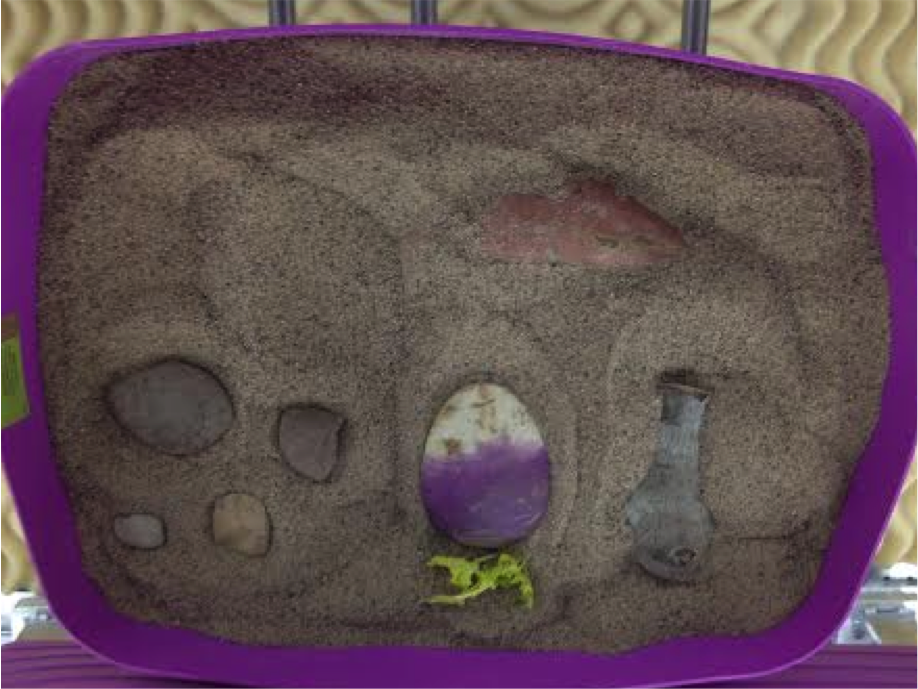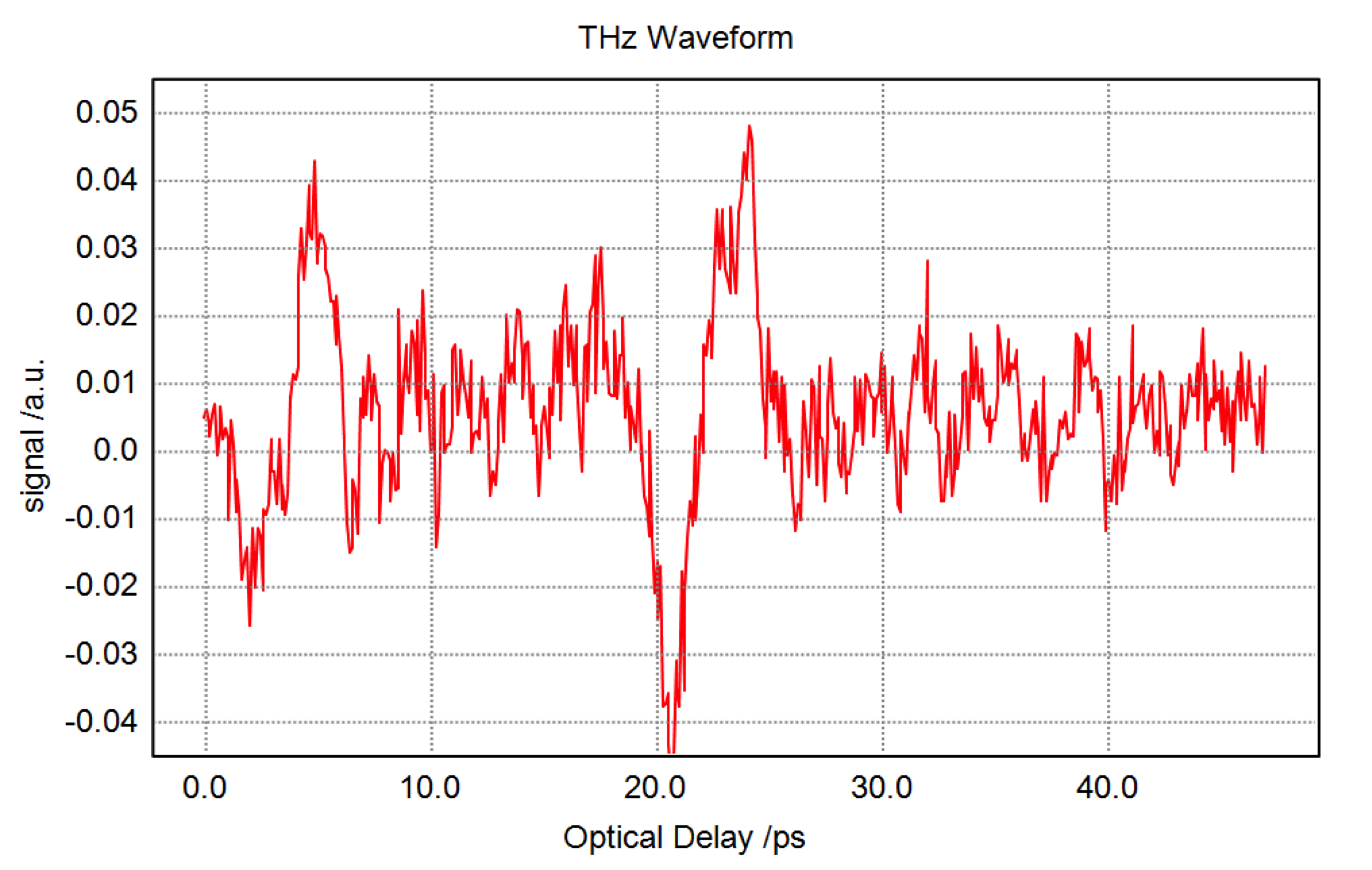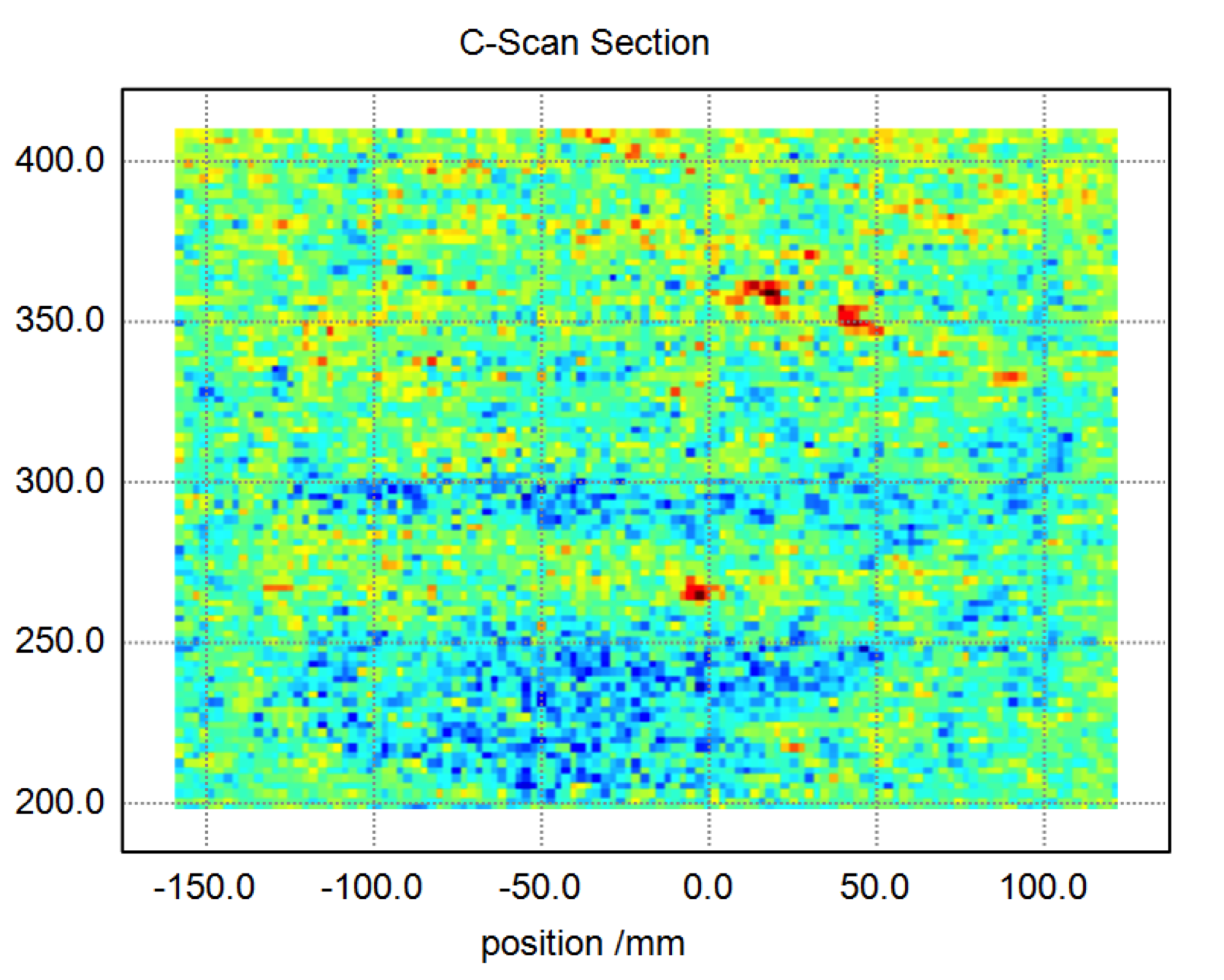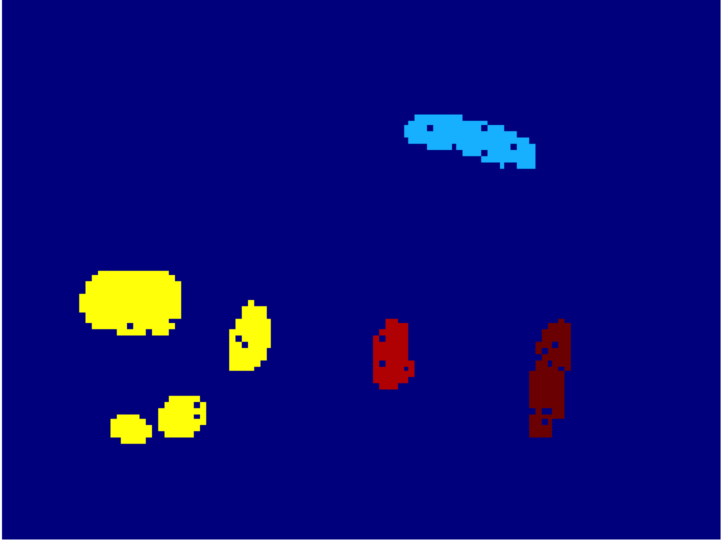






 |
|
Towards Root
Phenotyping in situ Using THz Imaging
by
Luis Rivera and Nicholas
Smith
Introduction
Root growth and
development are critical for plant survival and productivity. While systems have
been developed to automate the process of extracting root traits using 2D and 3D
imaging under controlled conditions, to date, no systems exist that can
non-destructively and repeatedly provide high-quality information on roots of
field-grown plants. At the same time, Terahertz (THz) imaging is becoming a
valuable tool in many areas, including medicine, pharmacology, security, etc.
and has the potential for non-destructive, repeated imaging of root systems
growing in pot and eventually field conditions. In this paper [1], we present a
framework for investigating root growth and function of plants by analyzing and
classifying THz data. The proposed system can successfully identify organic
materials from potting soil or sand using both THz transmitted and reflected
signals.
Proposed Method: This work
relies on the HiGUSSS method
developed in [2].
Experiments and Results:
Samples including carrots, sweet potatoes, turnip, rocks and
wood pieces were buried in sand and in potting soil and imaged
using both transmission and reflection signals. This allowed us
to compare the two imaging methods in order to determine their
effectiveness at acquiring the shape and size of different
buried organic materials.
 (a) (a)
 (b) (b)
 (c) (c)
 (d) (d)
Figure 1. (a)
Photo of the samples used for the THz reflection test including
a sweet potato, a turnip, four rocks and a piece of tree branch
(uncovered to show the objects); (b) The time domain reflected
signal at a particular point in (c); (c) Time domain THz
reflection image of the objects after being completely buried by
dry sand; (d) Final classification using the HiGUSSS Framework.
|
Classification Accuracy % |
|
Sand + Carrot |
96.04 |
|
Soil + Carrot |
96.06 |
Table 1.
Classification accuracy for the THz Transmission experiments.
|
Classification
Accuracy % |
|
Sand + Potato |
92.50 |
|
Sand + Rock |
94.68 |
|
Sand + Turnip |
91.43 |
|
Sand + Wood |
87.73 |
Table 2.
Classification accuracy for the THz Reflection experiments.
Conclusion: The
results presented in this work demonstrate the potential of THz
imaging to detect and identify the different objects buried in
sand and potting soil. This system is the first step towards
revolutionizing root phenotyping in situ, and thus genetic
improvement on the basis of root characteristics.
References
-
N. R. Smith,
L. A. Rivera, N. Burford, T. Bowman, M. O. El-Shenawee, and G.
N. DeSouza,
Towards Root Phenotyping in situ Using THz Imaging,
40th IEEE International Conference on Infrared,
Millimeter, and Terahertz Waves, Hong Kong, August 23 - 28, 2015.
-
L. A. Rivera, N. R. Smith,
and G. N. DeSouza, High-Accuracy Recognition of Muscle Activation
Patterns Using a Hierarchical Classifier, 5th IEEE RAS &
EMBS International
Conference on Biomedical Robotics and Biomechatronics, São
Paulo, Brazil, August 12
15, 2014.
|

